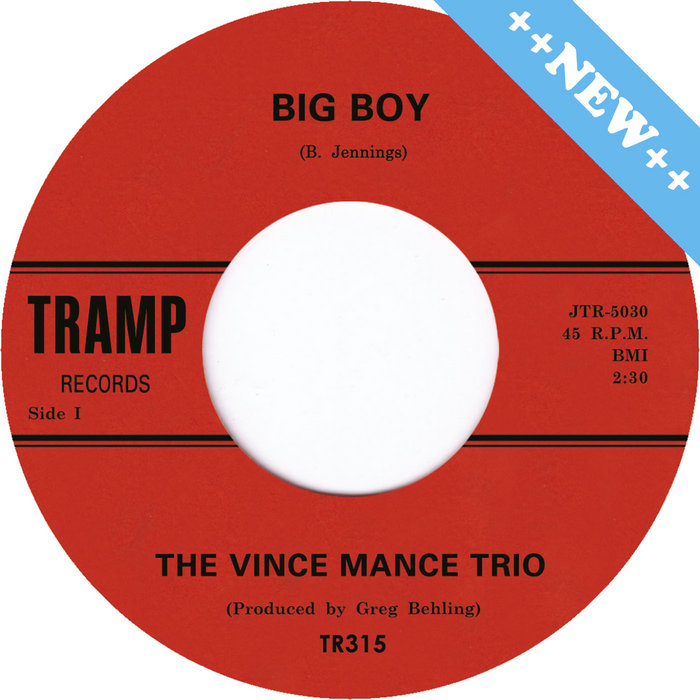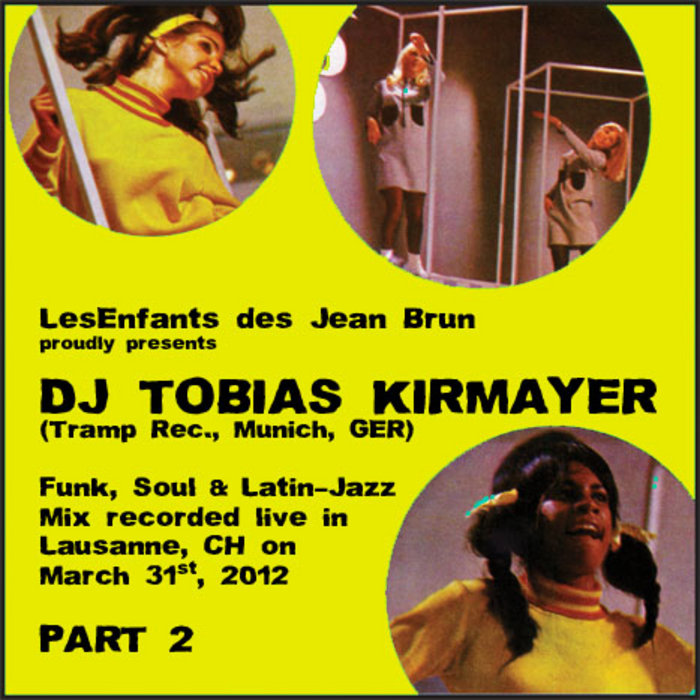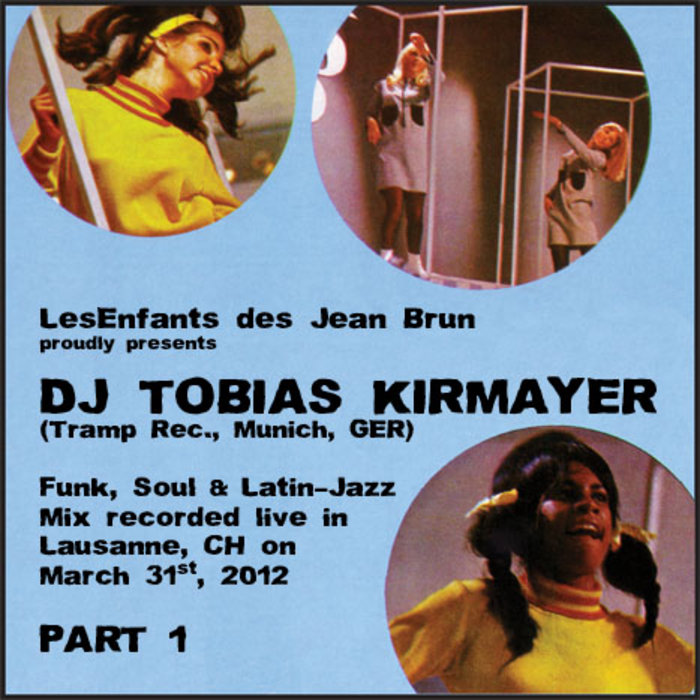
Big Boy – VINCE MANCE TRIO
this blog is GROOVY – check out great Soul, Funk, Jazz, Hip Hop, Bass, Breaks , Reggae, House n many more TUNES
Ah, jazz! That sweet, free-flowing musical adventure that tickles the soul and makes you want to sway like no one’s watching. But wait – what’s this? Throw some milk into the mix? You bet! Welcome to the funky world of Jazz & Milk, a delightfully smooth concoction where rhythms pop like bubbles in your glass, and melodies swirl together like cream in coffee.
Let’s take a trip back in time. The roots of jazz can be traced to New Orleans around the late 19th century. The genre emerged as African American musicians blended blues, ragtime, and other local styles with European music traditions. It was all about improvisation – musicians taking their tunes for a ride while adding personal flair.
Now, where does milk come into play? While it doesn’t have a direct role in jazz history per se, milk serves as an interesting metaphor for purity and simplicity amidst complexity—just like our favorite tunes!
Funny Fact #1: Did you know Louis Armstrong had an enduring love affair with food? This iconic trumpeter once said he’d rather have a glass of buttermilk than money! Talk about smooth operators!
As the years rolled on through the 1920s and ’30s, swing emerged as one hot trend. Bands would pack dance halls with their upbeat tempos making feet tap harder than ever before – think “The Great Gatsby,” but with more rhythm and less drama.
During this period, jazz was evolving rapidly; we saw legends like Duke Ellington who could make even broccoli sound fashionable; Count Basie whose piano skills sent listeners dancing out of their chairs; not to mention Ella Fitzgerald’s voice that sparkled brighter than champagne at midnight!
But here comes another twist: enter Jazz & Milk! What started off simply as chilled vibes soon became synonymous with jazzy brunches around town—a blend that combines coffee shops’ casual charm with live music loveliness.
Funny Fact #2: Ella Fitzgerald wasn’t just known for her stunning voice; she also had quite a bit of mischief up her sleeve! At times when she wasn’t feeling too serious backstage before shows…she liked singing nursery rhymes completely off-key to crack up her bandmates!
Fast forward to the ’40s—the bebop revolution kicked down doors harder than any big band could manage! Musicians wanted more freedom and authenticity. Here came Charlie Parker on alto saxophone firing notes faster than light speed while Dizzy Gillespie blew trumpet lines that danced through electric airwaves.
With daring harmonic structures and mind-bending tempos dominating new compositions — everyone knew these cats were playing from their souls. And guess what they enjoyed during those jam sessions? You got it: good ol’ milky drinks served by chefs who often doubled as baristas pouring artsy lattes on stage (well maybe not everyone, but hey!).
Funny Fact #3: Charlie Parker had such an insatiable craving for peanut butter sandwiches during jams that fellow musicians joked he’d only accept gigs if there was PB&J on hand backstage — talk about mixing business with munchies!
Jumping ahead into the ‘80s—smooth jazz came rushing onto radio waves smoother than silk pajamas sliding off your bedpost at dawn (you know you’ve been there). Variants including Kenny G hit mainstream charts hard while gracing dinner parties everywhere!
This unique fusion redefined boundaries between genres—it attracted fans from all walks living life at leisure sipping lattes while enjoying melodic whispers filling every corner cafe worldwide.
Notably enough is how singers adopted playful approaches towards unexpected sounds/nods—including some artists throwing lactose-related references into lyrics here-and-there inspired by literary tradition!
Funny Fact #4: We can credit much hilarity thanks to saxophonist David Sanborn claiming his secret weapon wasn’t talent but rather keeping milkshakes aside within arm’s reach—ensure maximum groove power fueled him up throughout performances!
Today’s landscape shows us jazzy styles are still alive whether crooning ballads or skatting (yeah baby!) over laid-back lounge environments encountered gradually blending classic elements mixed freely challenging genres left right center whilst inspiring future generations exploring artistry unbound…and yes – many bars still offer creamy delights paired alongside live sets indulging passion-fueled evenings bursting full joyfulness.
So next time you’re vibin’ under dimmed lights listening attentively savoring sultry notes floating through air don’t forget those fresh takes involving quirky stories behind legendary creators weaving dreams together harmoniously—with perhaps your own side order: something chilled creamy deliciously indulgent satisfying thirst rhythmic beat-laden tapestries dancing ’round corners brightening spaces inviting laughter along its journey… Now ain’t that pure magic?
Partake fully enjoy what’s laid ahead … because nothing beats good friends sharing great grooves alongside refreshing sips. Cheers y’all!! 🥛🎷✨

Big Boy – VINCE MANCE TRIO

**FREE DOWNLOAD** Funk/Soul/Latin-Jazz live mix Pt.2 – Tramp Rec.

**FREE DOWNLOAD** Funk/Soul/Latin-Jazz live mix – Tramp Rec.